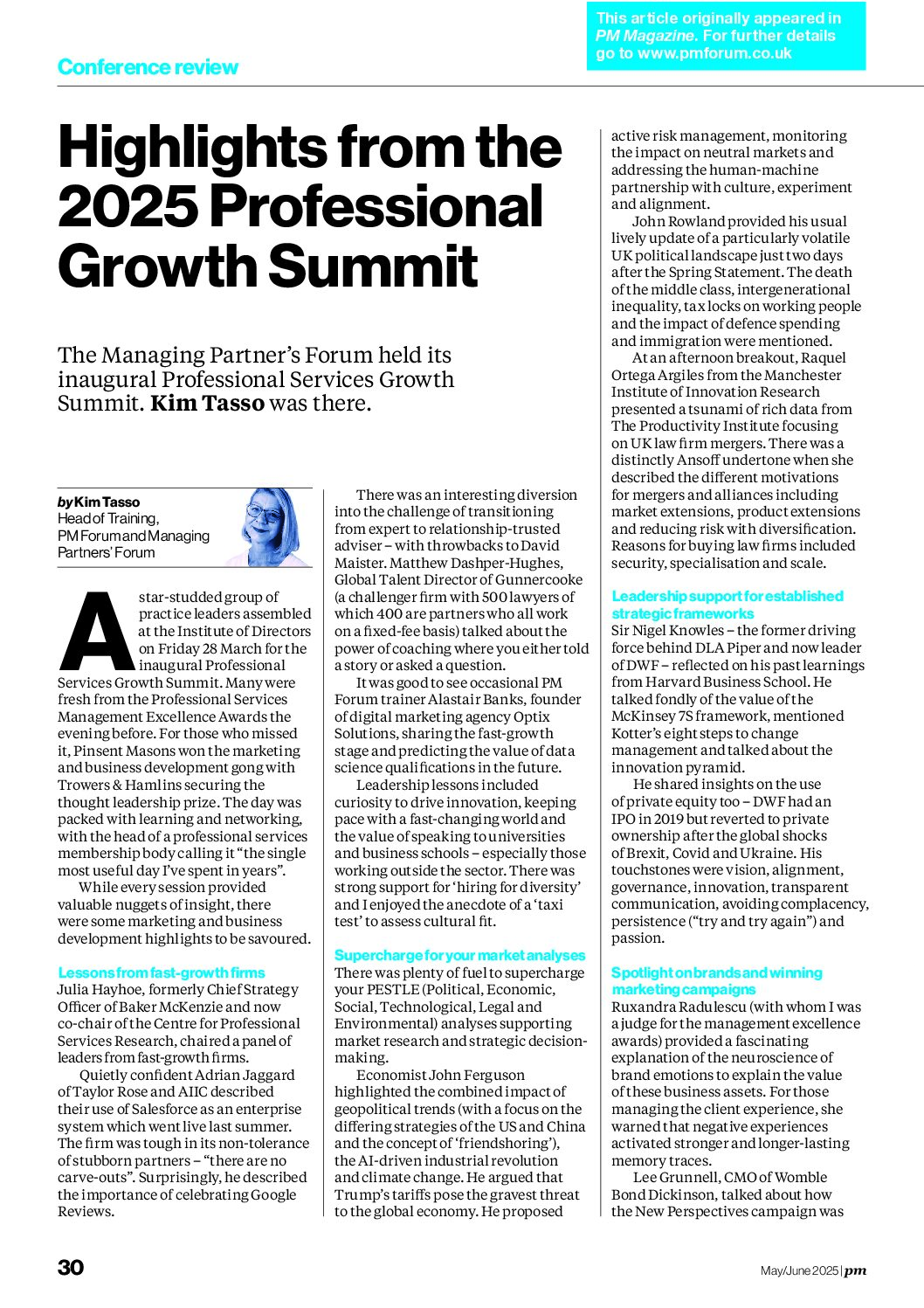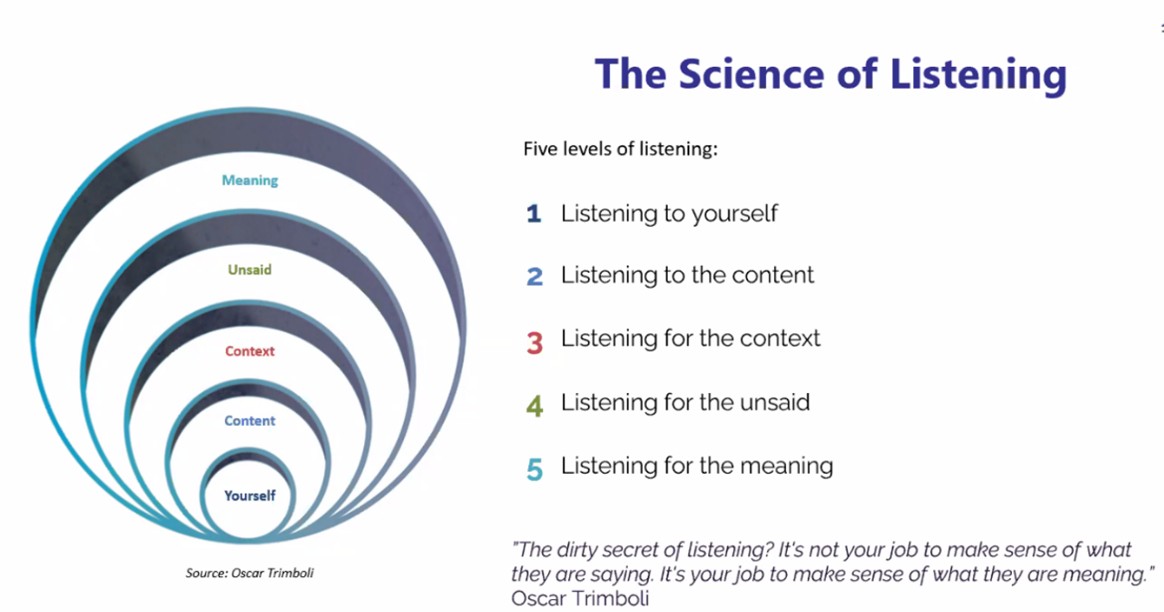Over the past month I have led a number of training workshops on how best to integrate social media into B2B professional service campaigns. As the firms involved had rather different levels of expertise in using the various tools we covered a lot of ground. But here are some of the elements that had the most impact:
1. Use personas – There are a multitude of social media channels – just like there are lots of different people in your target audience and amongst your influencers. Developing tight personas of the different types of people will help identity whether and which social media tools are appropriate. Using Twitter lists, Google+ circles or LinkedIn groups to listen to what is being said will allow these personas to be refined and for content to be targeted. It will allow your social media communications to be properly segmented. Agree, as an organisation, which channels you will focus on (and why) and ensure that policies are clear about appropriate use.
2. Promote internal engagement – Encouraging the partners to consider social media and use the tools appropriately is a tough and ongoing job. However, you can demonstrate the power of social media by encouraging its use internally – for example, using Google+ Hangouts instead of internal meetings and www.yammer.com and the like instead of emails. Reassure them with agreed policies and procedures, accessible training sessions and guidance (playbooks, templates and checklists). It is also important to drive internal campaigns to encourage partners to endorse, comment upon and share the content of their colleagues where appropriate so that their own connections see it in an unobtrusive way.
3. Integrate from the start – Social media should not be an add-on, bolt-on or afterthought. You need to “think digital” from the outset. It needs to be part of the campaign or project management planning. First, understand your audience and whether/which social media might be relevant to help you achieve your overall business and marketing objectives. Second, consider the key messages and key words that will be important (and set up the relevant accounts, hash tags, response and monitoring systems etc). Third, think how social media can enhance and extend all of your traditional activities (for example, consider social media support for before, during and after a major event or series of sales meetings). Fourth, have a separate plan for what content will be produced when, by whom and in what format and how it will be repurposed and distributed.
4. Engage don’t broadcast – I can’t say this enough. No matter how switched on the marketing, digital and business development teams may be – there is no substitute for partners taking the time to read, monitor, comment upon and engage with the individuals that they are trying to reach through social media. This takes time and time is an expensive commodity. However, we can provide support during the initial stages – by alerting them to opportunities and helping them to draft responses as they become used to this new form of communication. And sell the benefits of commenting upon and sharing other people’s content, rather than creating everything themselves.
5. Measure the right things – Whilst there is a wealth of tools and analytics for measuring the effectiveness of social media, too often the overall objective – the effectiveness of the campaign at generating interaction, engagement and new business throughout the sales pipeline – is lost. Like all marketing communications tools, it is better to measure the overall impact and results of a campaign rather than focus on the contribution of individual tools exclusively.
6. Keep learning – Even digital and social media experts find it hard to keep up with the speed of developments – how existing tools are being used differently, how the use of the latest tools is evolving and what new tools are starting to prove useful. We need to constantly update our knowledge – by experimenting in safe environments if necessary – if we are to best serve our firms.










